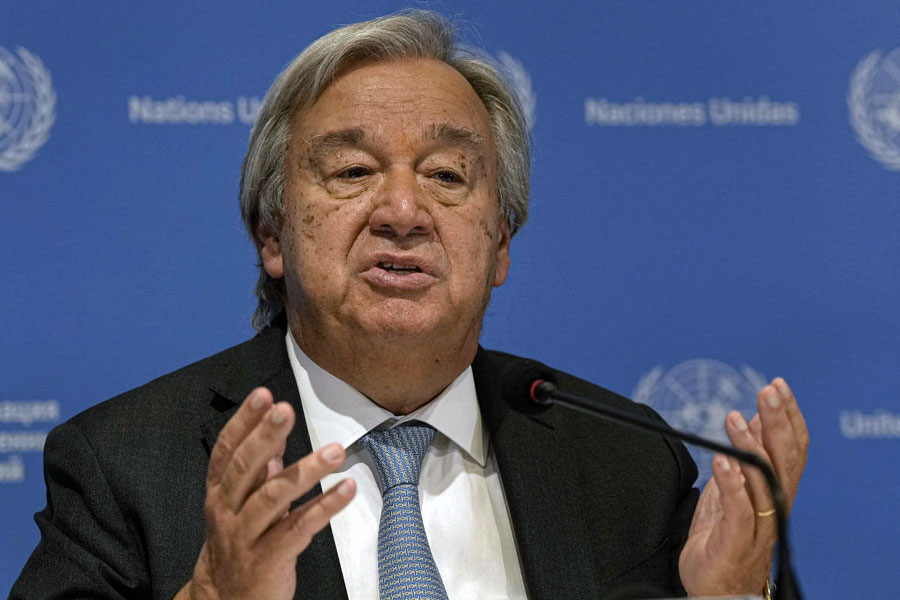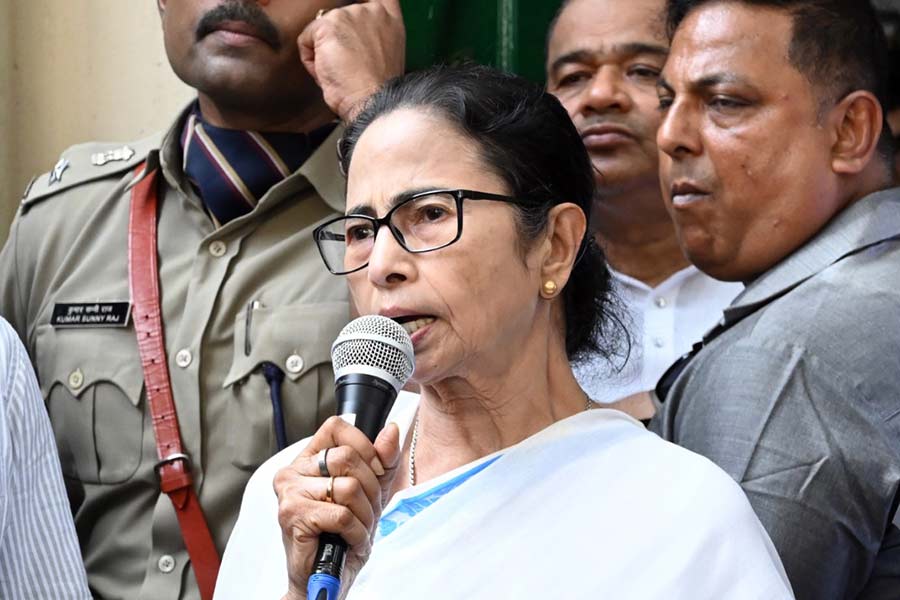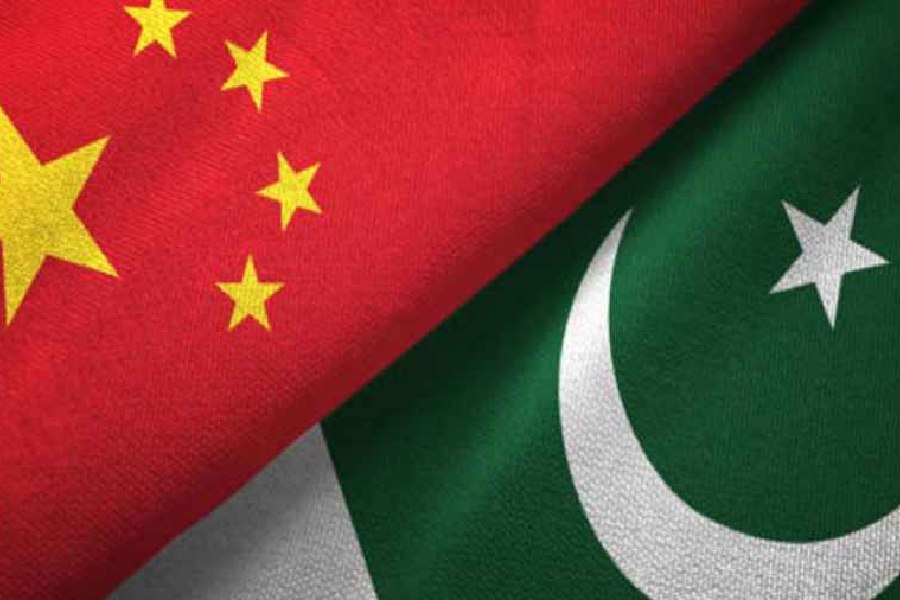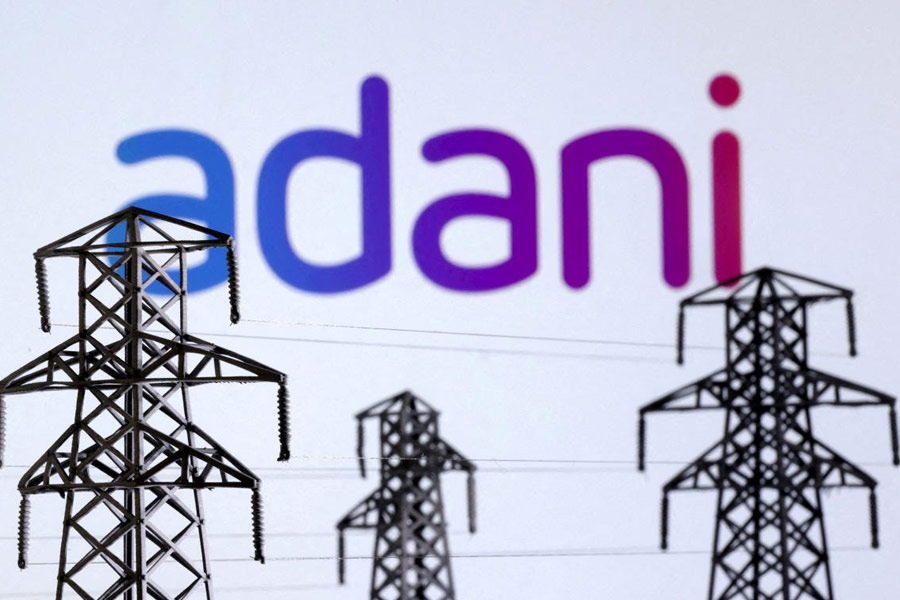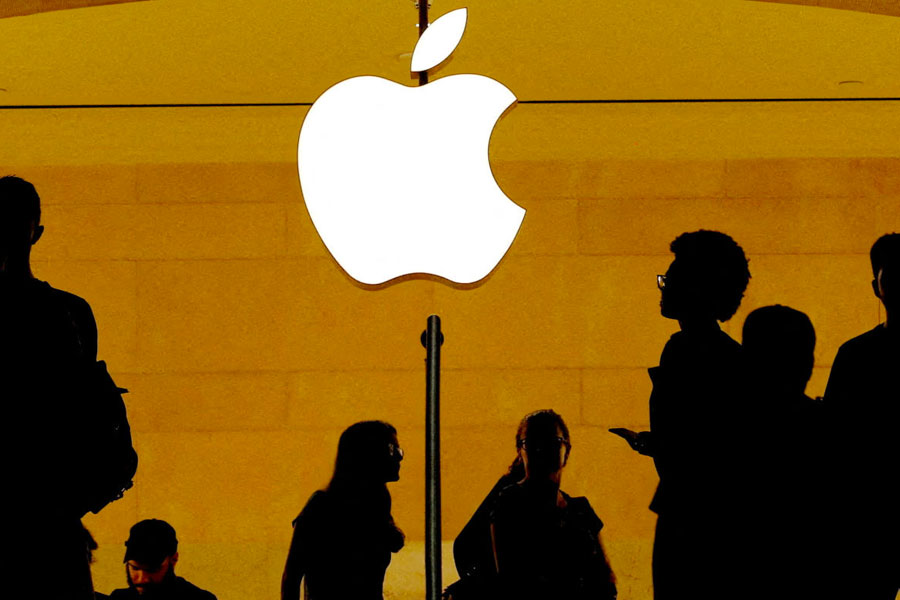 |
 |
| Narendra Modi (top) and Sushil Modi |
Patna, Jan. 7: Bihar chief minister Nitish Kumar may not be keen to share a dais with his Gujarat counterpart but his deputy, Sushil Kumar Modi, doesn’t mind to be with Narendra Modi on the same platform, virtually.
Both the Modis visit twitter.com, a popular micro-blogging site, on a regular basis and post their visions, announcements and ideas to develop their respective states.
But the two are vastly different in their language and message. While Narendra , at times, looks like lacing his tweets with “Jai Sri Krishna” and other subtle or ostensible Hindutva rhetoric, Sushil’s tweets look more businesslike and free of “divine frills”.
The Gujarat chief minister tweeted “Jai Sri Krishna” when a Russian court shelved a plea to ban the Bhagavad Gita last month. In one of his latest tweets, Narendra attacked the Congress for the religion-based reservation, dubbing it as a “votebank politics to insult the Constitution’s authors and divide our nation”.
Sushil, despite his roots and upbringing in the saffron philosophy — he began his career as an Akhil Bharatiya Vidyarthi Parishad (ABVP) activist in 1960s — keeps his tweets free from the nuances of the right-wing philosophy.
In his latest tweet, he has warned people to file their sales taxes e-returns otherwise they will be denied road permit.
In his other tweets, the Bihar deputy chief minister has talked about implementing goods and services tax besides announcing the completion of satellite mapping of Patna. Sushil, who is also minister of finance and commercial taxes, usually keeps his tweets confined to the areas of his work and the departments he heads.
Despite his saffron grooming, Sushil has seldom been identified with the “militant” Hindutva. In a way, he represents a moderate face of the BJP in the state, the way Atal Bihari Vajpayee represented it at the national level. Moreover, he is also be trying to stay “politically correct” while working with his “secularist” boss Nitish Kumar.
The Bihar chief minister, though working hard to push the state ahead in the IT sector, does not appear to be as net-savvy as his Gujarat counterpart and his deputy.
Against, Narendra Modi and Sushil Modi choosing to share their ideas on social networking sites, Nitish — a socialist by training — apparently prefers to be physical contact with the people. While on his Seva Yatra to the state’s hinterland, Nitish does not even carry a mobile. Sushil Modi, on the other hand, remains connected to the virtual world through the gizmos he carries with him all the time.
Sushil Modi, in fact, is a sort of exception among his political peers who have negligible knowledge of computer and Internet.
Nitish has opened an account on blogspot but he is not a regular blogger. He posted his last blog on October 10 last year. Nitish, apparently, blogs mostly when he has to give a big political or administrative message.
Narendra Modi is far ahead of Sushil Modi in terms of the followings on Twitter. As many as 4,45,694 people are following Narendra Modi against 817 following Sushil Modi. Narendra Modi has also outscored Sushil Modi in terms of the number of the tweets — the former has 732 tweets to his credit against the latter’s 103.
Neither Narendra Modi nor Sushil Modi follow each other. Curiously, film actor Shabana Azmi is seen following Narendra Modi though the latter does not follow her. The Gujarat chief minister follows as many as 175 people against Bihar’s Modi following none.
Asked about his tweeting habit, Sushil Modi said: “It is always good to listen to what the people are saying, be it in society or on Twitter. The social networking sites are a good platform to stay connected to the people.”





